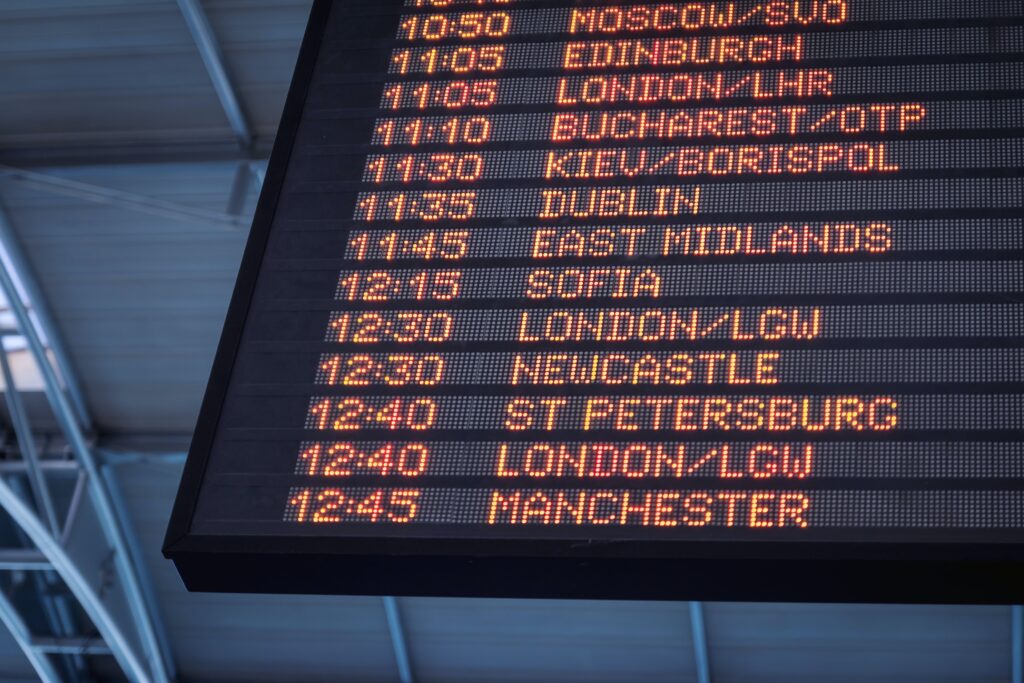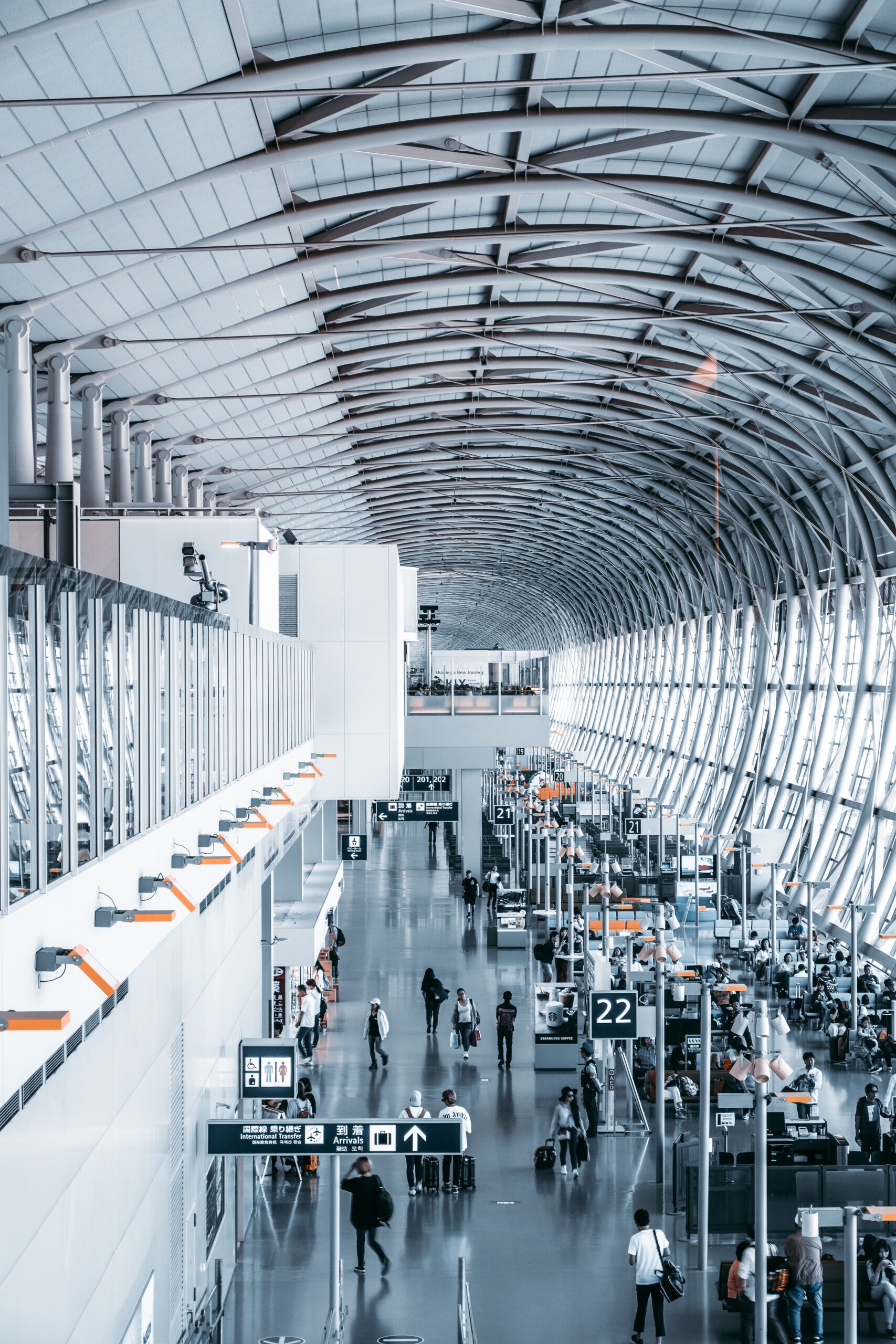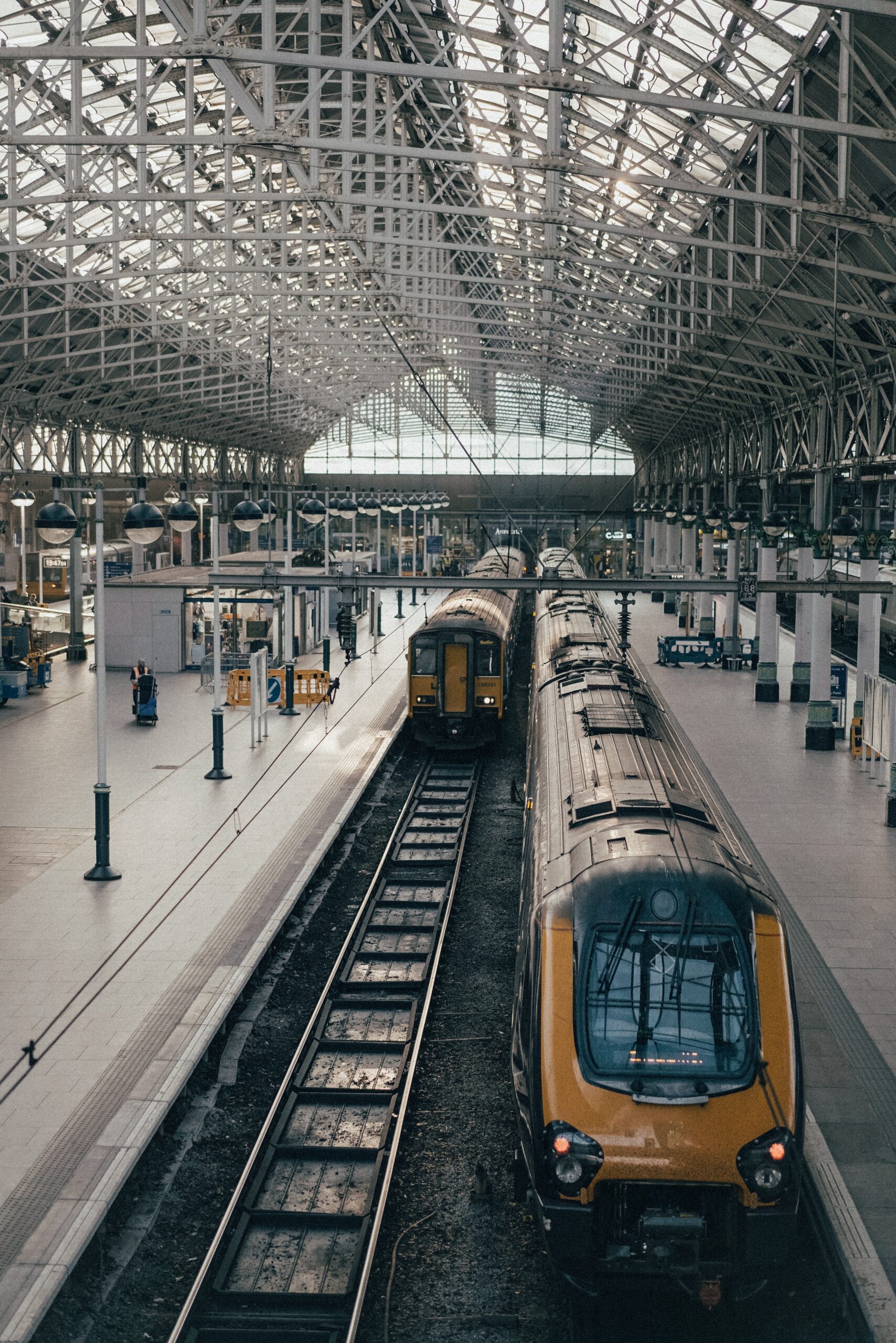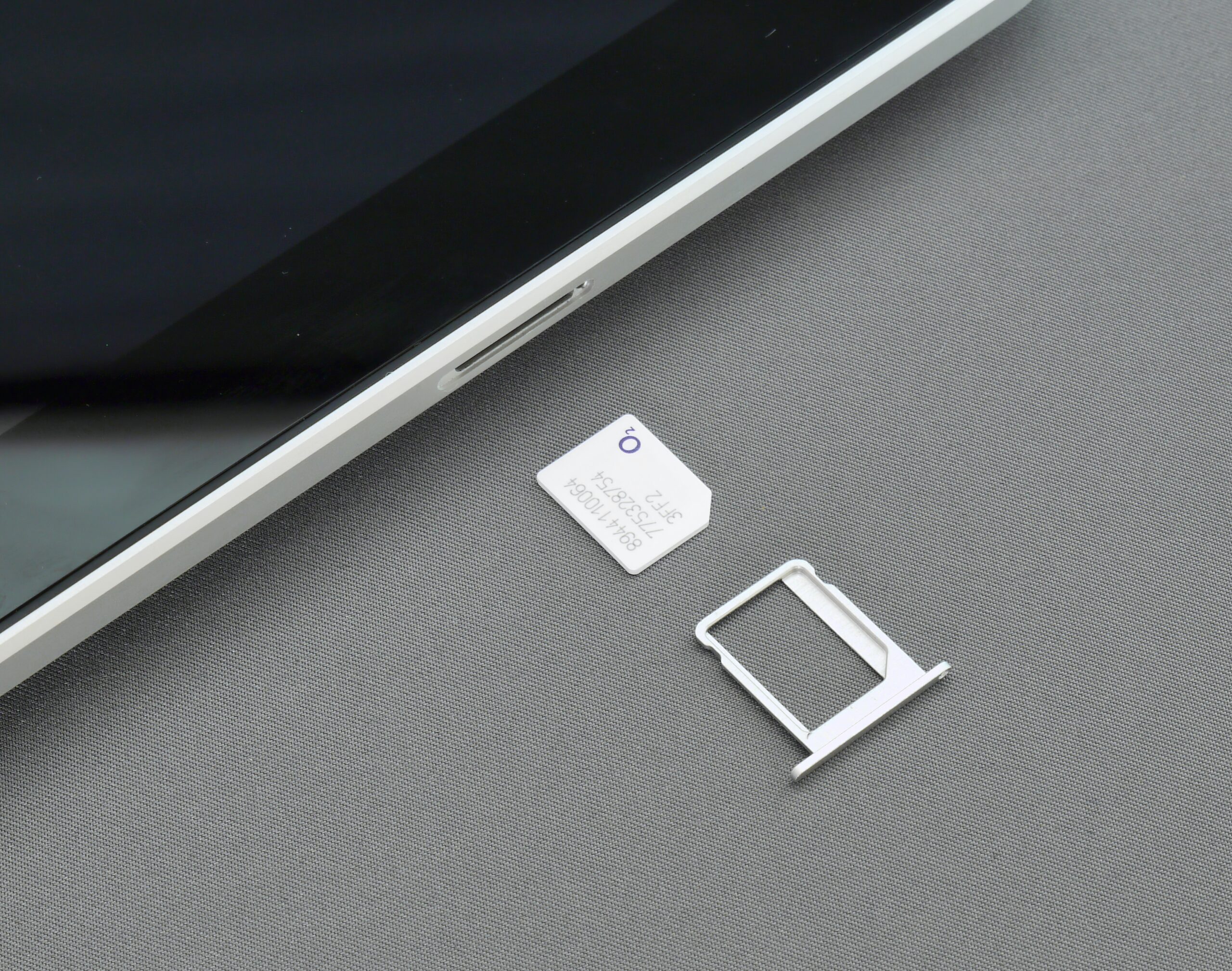Brazil Transportation Guide
Brazil Transportation Guide: Extensive bus networks connect cities, domestic flights cover vast distances, and ride-sharing services like Uber are available.


Brazil Transportation Guide – International Airports
Brazil has several international airports, including:
São Paulo-Guarulhos International Airport (GRU): located in the city of Guarulhos, near São Paulo, this is Brazil’s busiest airport and the main gateway for international flights.
Rio de Janeiro-Galeão International Airport (GIG): located in the city of Rio de Janeiro, this airport is also a major international gateway for Brazil.
Brasília International Airport (BSB): located in the capital city of Brasília, this airport is an important hub for domestic and international flights.
Salvador International Airport (SSA): located in the city of Salvador in the state of Bahia, this airport serves as a gateway to the northeast region of Brazil.
Recife/Guararapes-Gilberto Freyre International Airport (REC): located in the city of Recife in the state of Pernambuco, this airport is another important gateway to the northeast region of Brazil.
Other major international airports in Brazil include Belo Horizonte-Confins International Airport (CNF), Fortaleza International Airport (FOR), and Porto Alegre International Airport (POA), among others.
National Airports
Brazil has several national airports that serve domestic flights within the country. Some of the major national airports in Brazil include:
Congonhas-São Paulo Airport (CGH): located in São Paulo, this airport is the second busiest in Brazil and serves primarily domestic flights.
Santos Dumont Airport (SDU): located in Rio de Janeiro, this airport is primarily used for domestic flights within Brazil.
Brasília International Airport (BSB): in addition to serving international flights, Brasília Airport is also an important hub for domestic flights within Brazil.
Tancredo Neves International Airport (CNF): located in the state of Minas Gerais, this airport serves both international and domestic flights.
Guarulhos International Airport (GRU): in addition to serving international flights, Guarulhos Airport is also a major hub for domestic flights within Brazil.
Other major national airports in Brazil include Salvador International Airport (SSA), Recife/Guararapes-Gilberto Freyre International Airport (REC), and Porto Alegre International Airport (POA), among others.
Brazil Transportation Guide – Trains
Brazil has a limited railway network, with most long-distance travel in the country done by road or air. However, there are some passenger train services available for travelers, primarily in the southeast region of the country.
One of the most popular train journeys in Brazil is the Serra Verde Express, which runs from the coastal city of Curitiba to the mountain town of Morretes in the state of Paraná. This scenic route passes through the Serra do Mar mountain range and features stunning views of the Atlantic Forest.
In addition, there are several commuter train services in and around major cities such as São Paulo, Rio de Janeiro, and Belo Horizonte. These trains are primarily used for daily commuting and are not typically used for long-distance travel.
Overall, while train travel is not a major mode of transportation in Brazil, it can be a great way to see the country’s stunning landscapes and experience its unique culture.


Brazil Transportation Guide – Buses
Buses are a popular mode of transportation in Brazil, especially for long-distance travel between cities and towns. There are several bus companies operating throughout the country, offering a range of services and prices.
One of the largest bus companies in Brazil is called “Viação Cometa,” which offers both regular and executive bus services throughout the country. Other major companies include “Viação Itapemirim,” “Viação Águia Branca,” and “Viação São Geraldo.”
The buses in Brazil are generally modern and comfortable, with air conditioning, reclining seats, and onboard toilets. Many buses also offer in-seat entertainment, such as movies or TV shows.
In addition, bus terminals in Brazil are typically well-organized and offer a range of amenities such as restaurants, convenience stores, and restrooms. Some of the major bus terminals in Brazil include the Tietê Bus Terminal in São Paulo, the Novo Rio Bus Terminal in Rio de Janeiro, and the Rodoviária de Belo Horizonte in Belo Horizonte.
Overall, buses are a convenient and affordable way to travel around Brazil, especially for long distances.
Links of interest
Airlines:
Ride-Sharing:
Buses:
Trains:


We recommend
Brazil travel tips
Our guide offers essential Brazil travel tips and insights for an unforgettable journey. Plan your trip with us!
Brazil Transportation Guide – SIM Cards
For travelers in Brazil:
Providers:
Major ones include Claro, Vivo, TIM.
Prepaid SIMs:
Widely available; purchase at airports or stores.
Documents:
Passport may be needed for registration.
Coverage:
Good in cities, variable in remote areas.
Data Plans:
Choose a plan based on data needs.
Top-Up:
Recharge at kiosks, stores, or through apps.
Unlock Phone:
Ensure your phone is unlocked for a Brazilian SIM.
Emergency Numbers:
Dial 190 for police, 192 for medical emergencies.
Validity:
Plans may be valid for days or weeks.
Internet Speed:
Generally good; varies in remote areas.
Currency Converter
Currency Converter EUR/USD: Mon, 2 Jun.
Unit Converter
Brazil Transportation Guide – Maps
What map do you need?
Choose your destination
More information about this country











